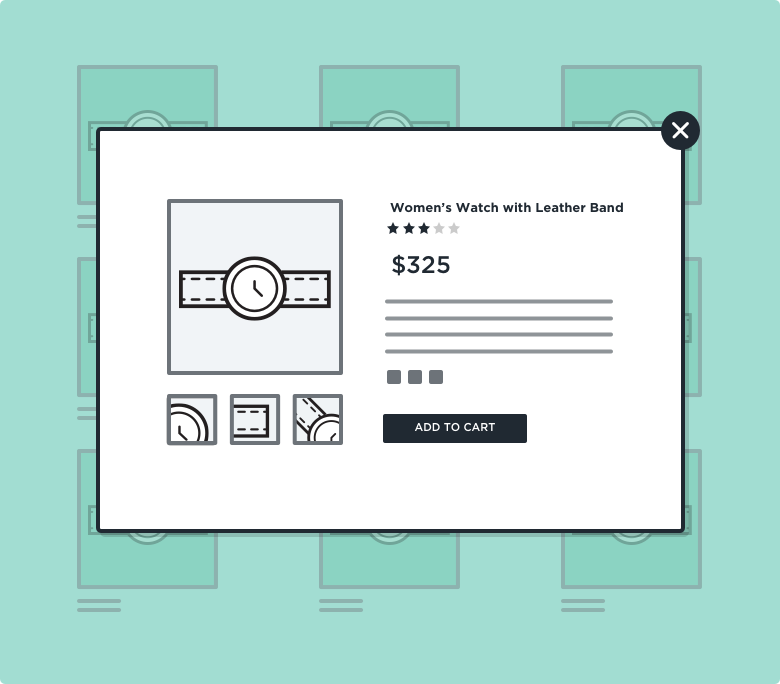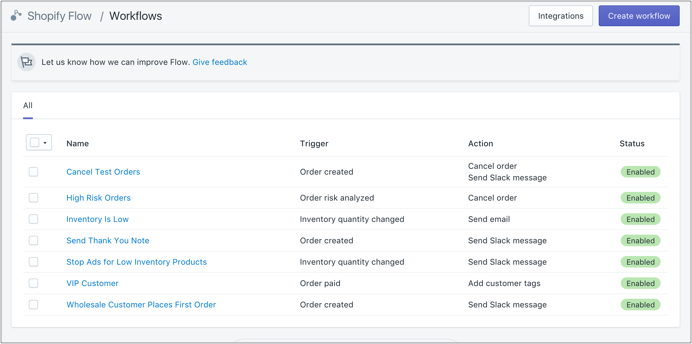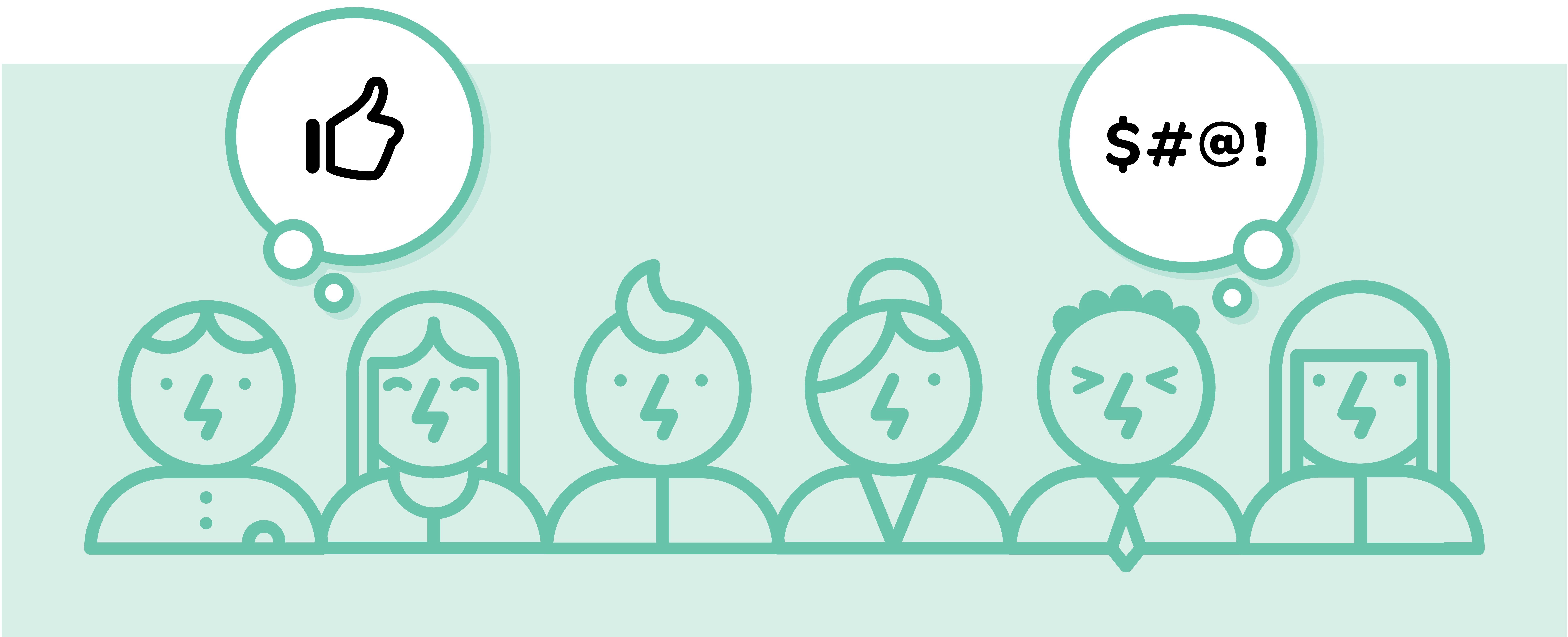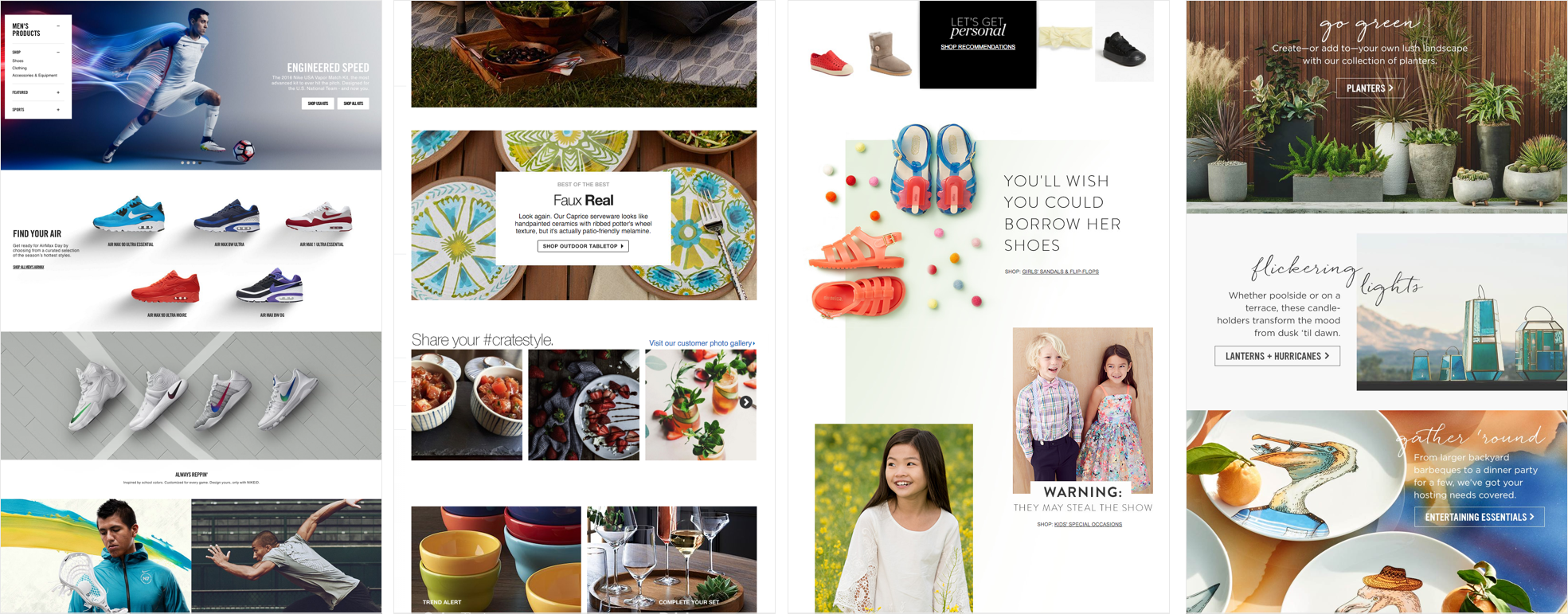
In our article titled “Why ‘Quick View’ Isn't the Best Solution for E-Commerce” we discussed reasons why many eCommerce sites use a “quick view” modal to allow customers to preview the product details and reasons why this technique can be problematic for an eCommerce user experience. In this article, we hope to guide you towards a better solution to increase eCommerce conversion rates by showing just the right amount of information on product list page (or PLP) items and progressively enhancing on larger devices. We have reviewed a few sample sites solutions which you can download for reference.








